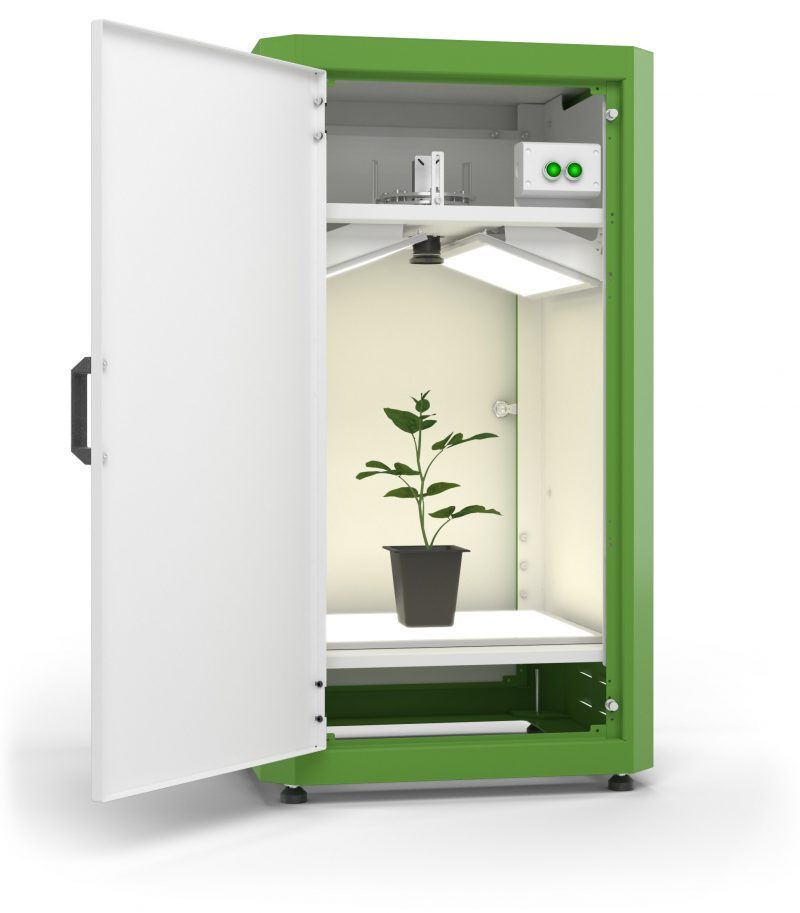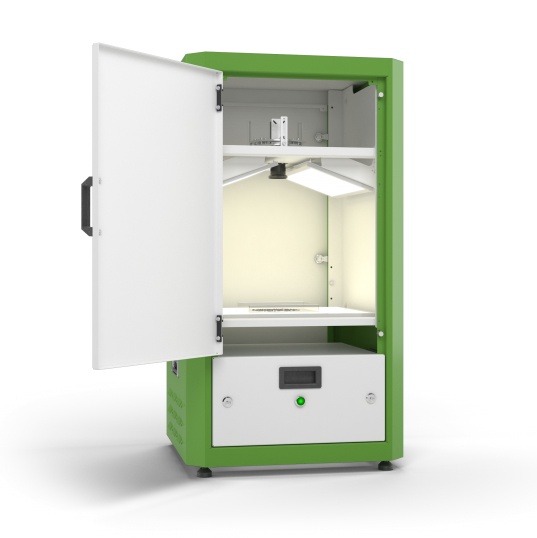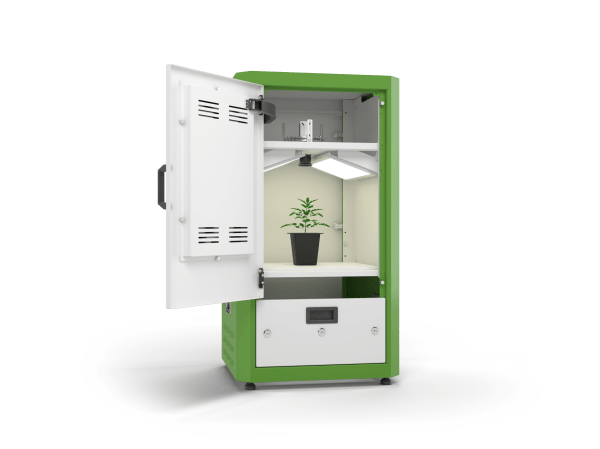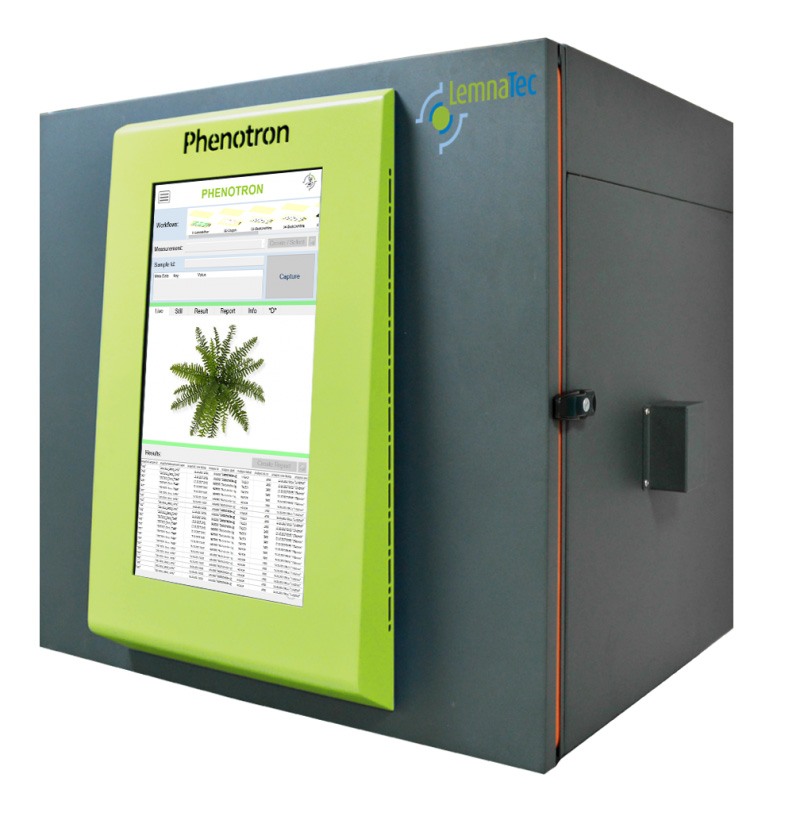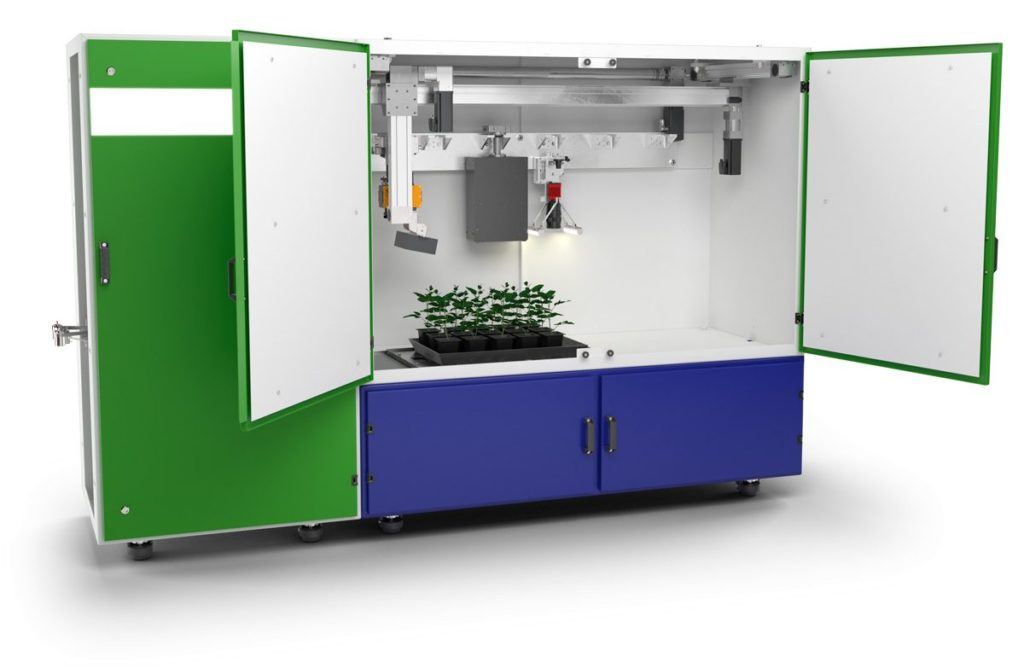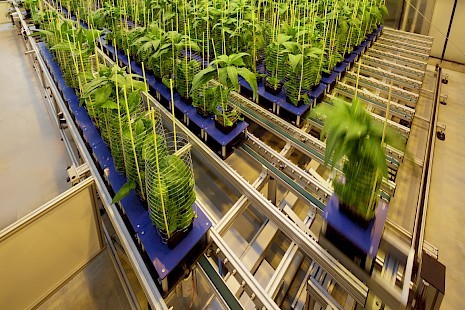Plant Phenotyping
The Importance Of Plant Phenotyping
Phenotypes are the visible and measurable characteristics of an organism that can be inspected without causing significant harm to the plant. Essentially, this includes numbers, measurements, hues, and other external surface properties providing structural phenotypic information. Phenotypes also include physiological traits such as photosynthetic processes, water status, chemical content of the surface, and temperatures.
The purpose of utilising plant phenotyping technologies is to improve our understanding of how plants grow and function in response to their environment. This information can be used to develop more efficient and resilient crops, as well as identify new sources of valuable compounds for industrial or pharmaceutical applications.
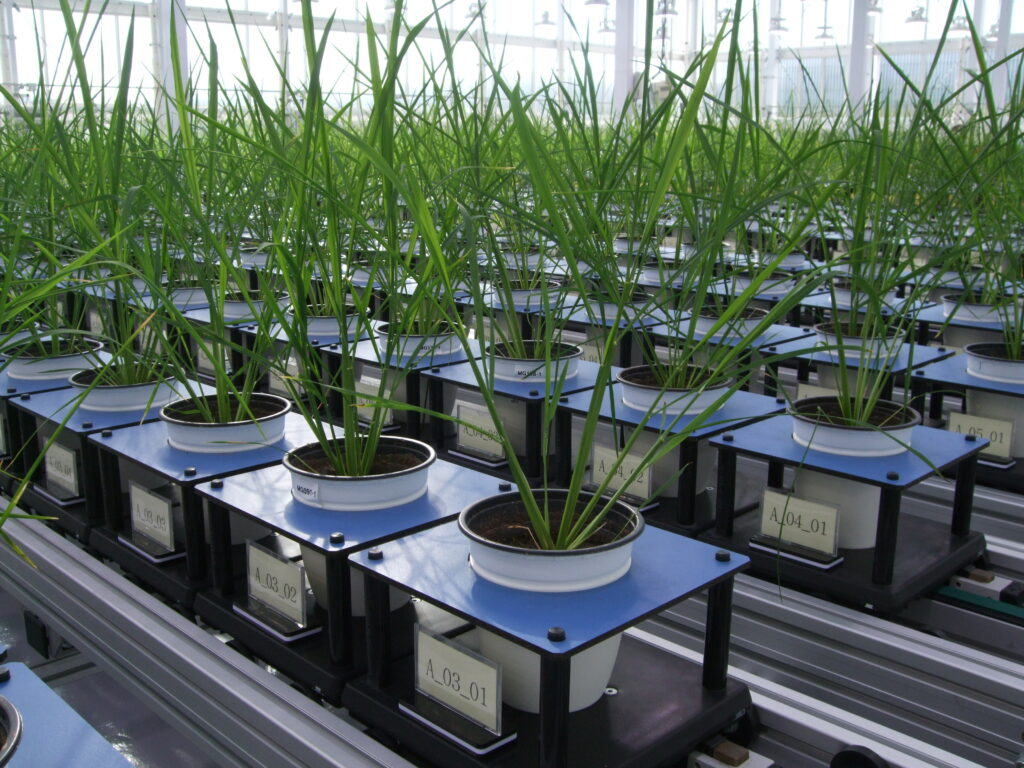
How Does Plant Phenotyping work?
Plant phenotyping can be performed manually or with the use of specialised equipment.
In research, breeding, agricultural monitoring and other applications, phenotypic data are required. This data is recorded using high-resolution cameras, IR/NIR cameras or fluorescence imaging systems among others. Advanced algorithms then process the recorded image data to extract phenotypic information.
There are many different ways to measure plant phenotypes. Some common methods include visual observation, measuring growth, measuring colour and detecting resistance to stress.
Visual observation
This method involves simply observing and recording the appearance of a plant. This can be done with the naked eye or with the use of magnifying tools.
Measuring growth
This involves measuring the size, shape, and/or number of leaves, stems, or roots. Growth can also be monitored over time by measuring the distance between leaves or nodes on the plant.
Measuring colour
This method involves using a spectrophotometer to measure the absorbance of light at different wavelengths. The resulting data can be used to calculate the chlorophyll content of a plant, as well as other pigment concentrations.
Detecting resistance to stress
This method involves exposing a plant to a stressor (such as drought, heat, or cold) and then measuring its response. This information can be used to identify plant varieties that are more resistant to stress.
Examples of Common Plant Phenotyping Applications:
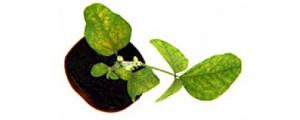
Individual Plant Phenotyping
Plant performance, development, and stress studies

3D Scanning
3D imaging of plant architecture, leaves and other organs
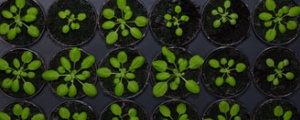
Arabidopsis and seedling phenotyping
Population screen with seedlings, genotype or treatment effects, growth studies, phenotypic assessments, stress response monitoring
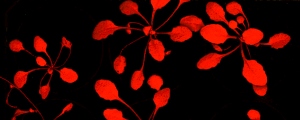
Chlorophyll fluorescence imaging
Chlorophyll Fluorescence studies, status and activity of photosystem, dynamic chlorophyll fluorescence imaging.

Disease and stress assessments
Plant disease rating and plant health assessments, physiological phenotyping

Genetic reporters and biomarkers
Fluorescent biomarkers in gene expression studies
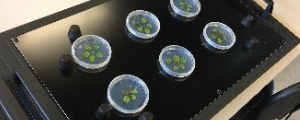
Samples in petri dishes
Assessment of samples in petri dishes, plant material, fungal/microbial cultures
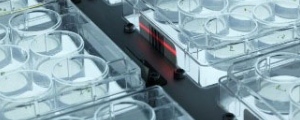
MTP screening
Compound or genotype screen in MTPs, treatment effects, dose-response studies, genetic screening
Plant Phenotyping Is Ideal To Use Across Various Agricultural Operations Including:
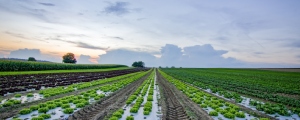
Crops
By understanding how plants react to different environmental stressors, we can learn ways to prevent crop damage. Data collected on plant phenotypes can also be used to create stronger varieties of crops that are resistant to pests and disease. This information can also helps us develop more sustainable farming practices with a reduced negative impact on the environment
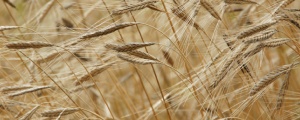
Grains
Plant phenotyping can aid in the improvement of grain quality by informing farmers about how different genotypes respond to various environmental pressures, allowing them to select varieties that are less susceptible to diseases, pests, and weather conditions. It may also help farmers learn more sustainable farming practices. As a result, they'll have higher-quality grains with fewer defects.
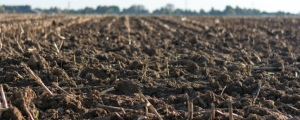
Soil
Plant phenotyping can provide farmers with valuable information about the health of their soils. By monitoring the growth and development of plants, farmers can identify problems with soil fertility or other environmental stressors that may be affecting crop yields. This information can help farmers make decisions about how to best manage their land and improve crop production.

Viticulture
Plant Phenotyping is used in viticulture for monitoring and managing vineyards to monitor a wide range of parameters including plant growth, leaf area, chlorophyll content, water use efficiency, and fruit quality. By measuring these parameters, viticulturists and horticulturists can optimise grape production and yield, while also improving wine quality
